A freshly-minted pilot’s first thought is invariably very exciting: I want to take my friends or family up into the air while I’m at the controls!
Of course, there’s another agenda, even if we don’t always admit it: Most new pilots with their private pilot certificate like showing off, at least a little. And pilots should be completely okay with that. A new pilot has conquered amazing challenges and has demonstrated proficiency (to the federal government, no less) in one of the most technical and beautiful endeavors to which we humans can aspire. Pilots have earned and deserve this great feeling of pride and the ability to take a first time passenger flying in a way they haven’t seen before.
Before even considering taking someone up, though, the new pilot should appreciate some of the experiential differences between being trained to fly and of being flown. These differences are especially salient for a first time passenger in a “small” airplane. (For this article, we’ll call the typical four-seat airplane “small,” just because that’s the public’s image. These airplanes, that are typically craft that seat four people, are also called “private planes” and “lightplanes.”)
But, you say, some not-yet-pilots want to become “heavy-metal” airline pilots! Should I care about taking up my girlfriend or husband when I want to fly hundreds of people at a time?
Absolutely. Every pilot begins learning to fly in a relatively small airplane, and those learning outside of the military will probably spend tons of time taking friends or others up in small airplanes until they have the training and experience to gain employment with the big boys.
“Regular” Life vs. Small-Plane Passenger Life
Let’s consider takeoffs and landings. A student pilot will make hundreds of these during training, and some of these will be high-performance takeoffs and landings. A first time passenger, even if they have already been shuttled around in those giant metal tubes called airliners, will not have had the privilege of looking out the front of the airplane. So, to the first time passenger in a small plane, some landing approaches will be visually unusual, or even scary.
For example, crosswind landings typically involve the airplane lined up at a significant angle to the runway. The airplane looks like it is headed away from the runway. The passenger’s thought here could be something like, “Where are we going? The airport is way off to our right (or left)! Are we lost?”
High-performance takeoffs and landings can involve surprising deck angles, seemingly-odd ways to handle power (“Why did it get so loud all of a sudden, and we’re not even moving on the runway?”), and very hard application of brakes. The unassuming first time passenger may be a little scared, or perhaps confused by these if the passenger isn’t prepared properly. We’ll talk about how to do that in a moment.
Training will eventually involve flying in turbulence, and often the student pilot won’t even notice it because he or she is so intent on doing things correctly in the airplane.
Also, pilots, whether in training or already licensed, will use a strange language and spoken patterns when communicating with ATC (Air Traffic Control) or when making blind broadcasts. Here’s an example of something a pilot would say to ground control just to get permission to taxi from the flight school to the runway:
Aurora ground, Cessna 5512Bravo, Aeromasters, whisky, ready to taxi.
Non-pilots just cannot comprehend the stuff. In fact, it can be a little eerie for them to hear it. After all, as passengers in commercial jets, they hear none of the communications between airliner crews and ground. As far as the passengers know, the pilot simply decides when to go and where to go. Of course, that’s not how it really works.
Seeing the World from a Small Plane
For decades, I flew small airplanes over urban areas of California. It was interesting to listen to a first time passenger comment about what they would see. One of the things that I heard almost invariably was, “Look at all those swimming pools! I had no idea so many people had pools!” The passenger is letting you know that they are enjoying some of the particular advantages of the flight you are given him or her. It’s a different world up there, especially if you’re just a few thousand feet above the ground. Large airliner flights, often around 35,000 feet up, rarely provide for this kind of enduring, fascinating perspective.
Another interesting phenomenon is descending into smoke or smog, especially if there’s a temperature inversion. I tend to prepare a first time passenger for this by letting them know that the temperature is about to heat up pretty fast (you can really feel it in a small airplane’s cabin), and they may smell the smoke or smog pretty strongly until we get way under the top of its layer.
The Emotions of Flying
Psychologists will tell you that when people don’t understand something, it can not only frustrate them, but it can scare them. This effect is magnified when they’re in a small airplane, especially if it is their first such experience.
We want our passengers to love flying. Pilots want their first time passenger to crave going up again with them. And pilots want to be respected.
The path to this aeronautical nirvana for the first time passenger is to be an informed passenger.
The Informed First Time Passenger
There are certain things the FARs (Federal Aviation Regulations) require pilots to tell their passengers. For example, the pilot must ensure that all passengers are told how to fasten and unfasten the seatbelt. That’s pretty straightforward. But now we move on to the interpersonal finesse of being a pilot: What other things to say (or not say), and when to say them, to not only professionalize the flight, but also to help ensure a great flight for that girlfriend or boyfriend or buddy or family member. Or boss.
The trick to helping a first time passenger be maximally at ease during a flight is to let him or her know ahead of time about things that might seem strange. Let’s call these miniature counseling sessions “mini-briefs.”
While nothing can guarantee that a person will experience no fear or discomfort or other adverse reaction, the pilot’s mini-brief of “here’s what will probably happen next” speeches, if timed well, go a very long way toward making flights fun and enjoyable.
Examples of Mini-Briefs
Let’s say you’re heading toward a mountain ridge with a 15-knot wind, about to cross it, and you’re on the windward side. You know and that your airplane (and passengers, of course) will climb uncommanded as you approach the ridge, and that there will be some turbulence just about the time you crest the ridge. Rather than waiting for the surprise roller-coaster to require your first time passenger to change their underwear upon landing, you should prepare them something like this:
We are about to cross that ridge out there, and the wind is at our back. The wind will act just like water flowing over the ridge, so we might climb a little as we approach and, on the far side of the ridge, it might get a little bumpy. Totally safe and even a little fun!
Maybe you are about to begin a descent and ATC has asked you to expedite. Well, don’t just chop the throttle and shove the yoke or stick forward! Let your passenger know that you’ll be descending (never say “diving”) at Air Traffic Control’s request.
Air Traffic Control has asked us to descend a little faster than usual. You might want to watch this instrument [point to the VSI, or Vertical Speed Indicator] to see how well we do.
You may also tell your passenger that if their ears begin to bother them, you’ll be able to slow the descent for increased comfort.
As I mentioned before, there are some things that the pilot should not say. You may wish to have a look at my article addressing this.
Captain vs. Chauffeur
We have been talking about just a few of the special experiences that first time passenger might have when going up with a licensed private pilot. Our discussion has also included how things will appear from that first time passenger’s perspective. Finally, we’ve considered ways the new pilot can help enhance the experience for his or her passengers.
If you are PIC (Pilot in Command) of an airplane, your stature, responsibilities, and required level of expertise are truly incomparable with any other human endeavor. Compare what we have been discussing with what you would do as the driver of a car. The differences between the pedantic “chauffer” role and the amazing captain role are vast. Yes, if you are PIC of a flight, even if the airplane just seats two or four people, you are the captain.
To execute this responsibility ethically and intelligently, the captain needs finesse beyond merely handling the aircraft and the aeronautical system. Right now, you are a little more in touch with the experiences and demands of that world than you were before reading this article.
Ready to soar in your aviation career?
Mr. Matthew A. Johnston has over 23 years of experience serving various roles in education and is currently serving as the President of California Aeronautical University. He maintains memberships and is a supporting participant with several aviation promoting and advocacy associations including University Aviation Association (UAA), Regional Airline Association (RAA), AOPA, NBAA, and EAA with the Young Eagles program. He is proud of his collaboration with airlines, aviation businesses and individual aviation professionals who are working with him to develop California Aeronautical University as a leader in educating aviation professionals.
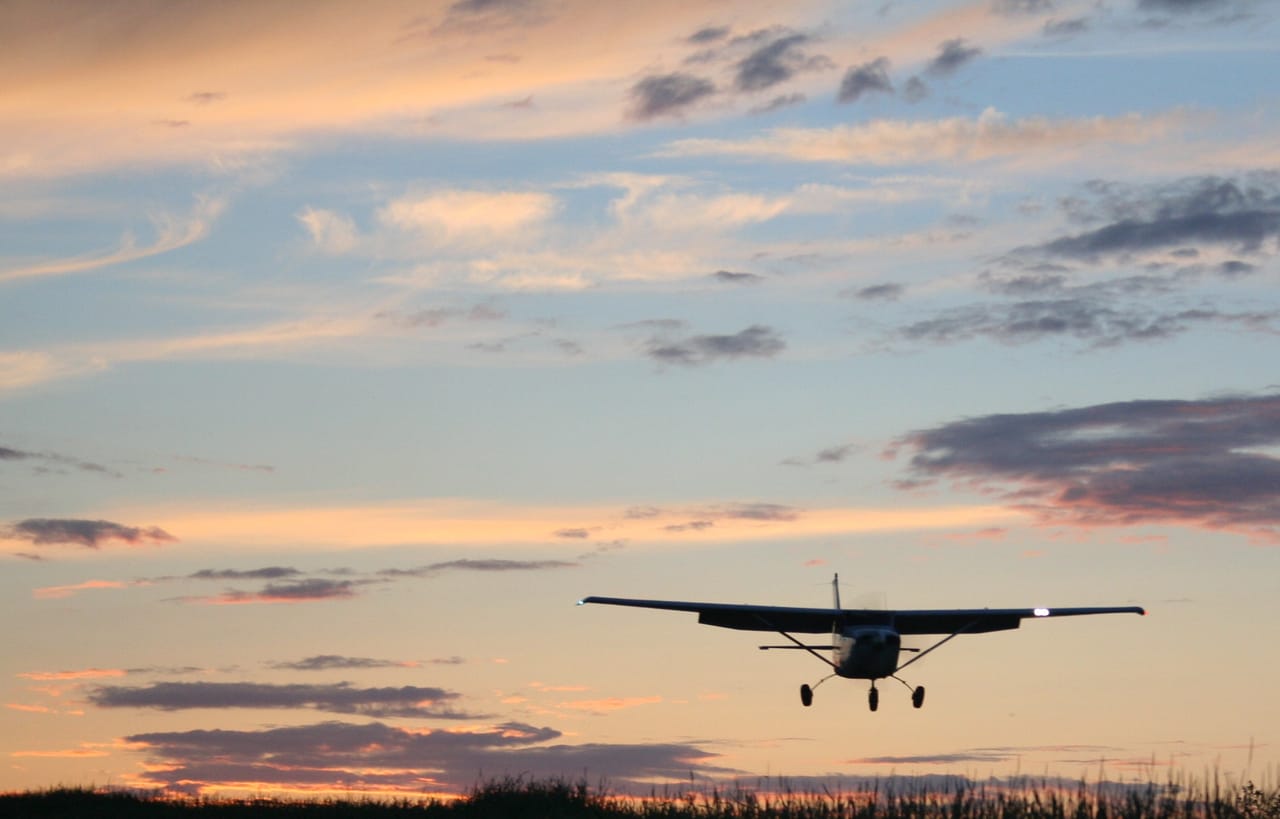
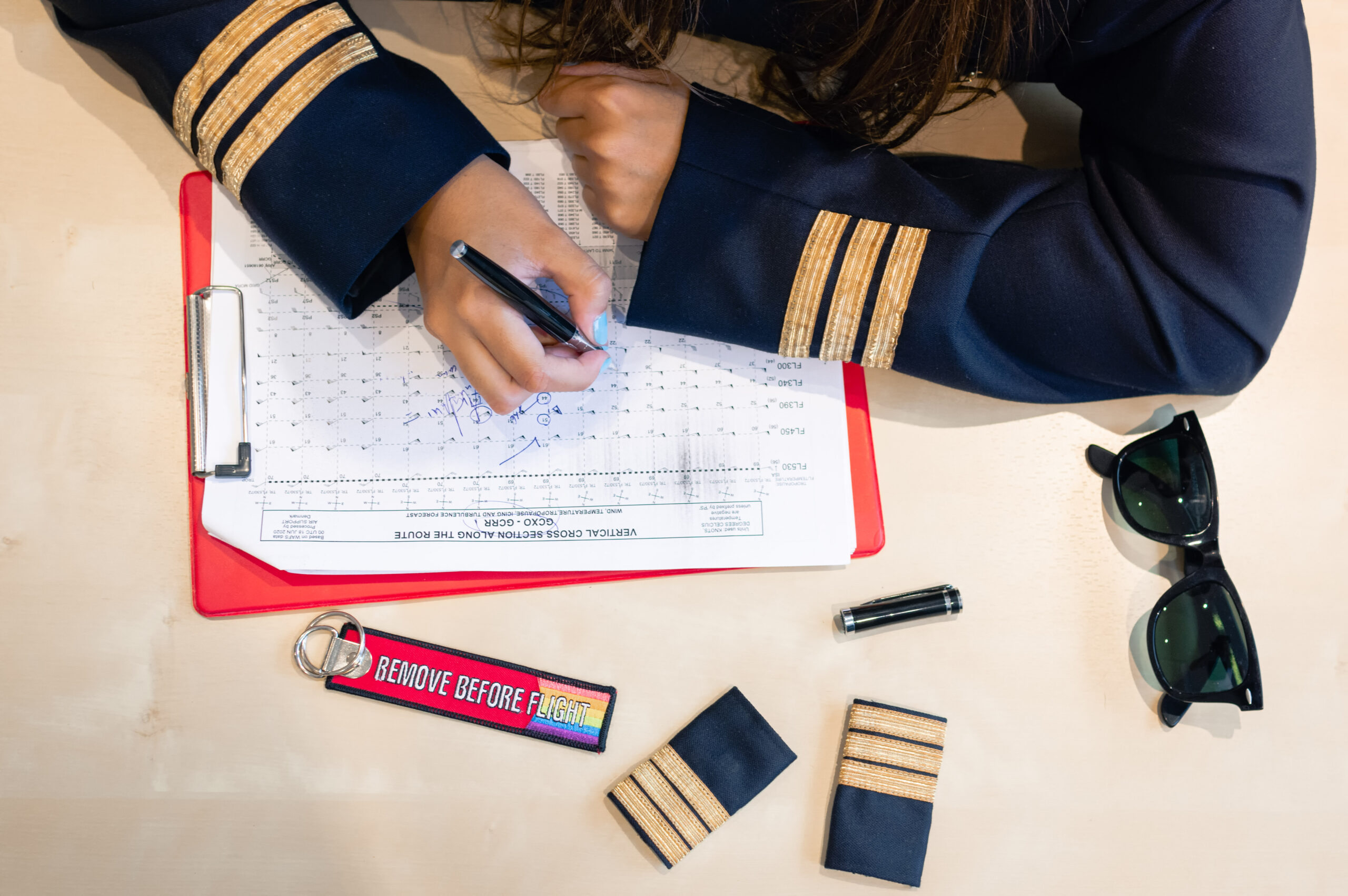
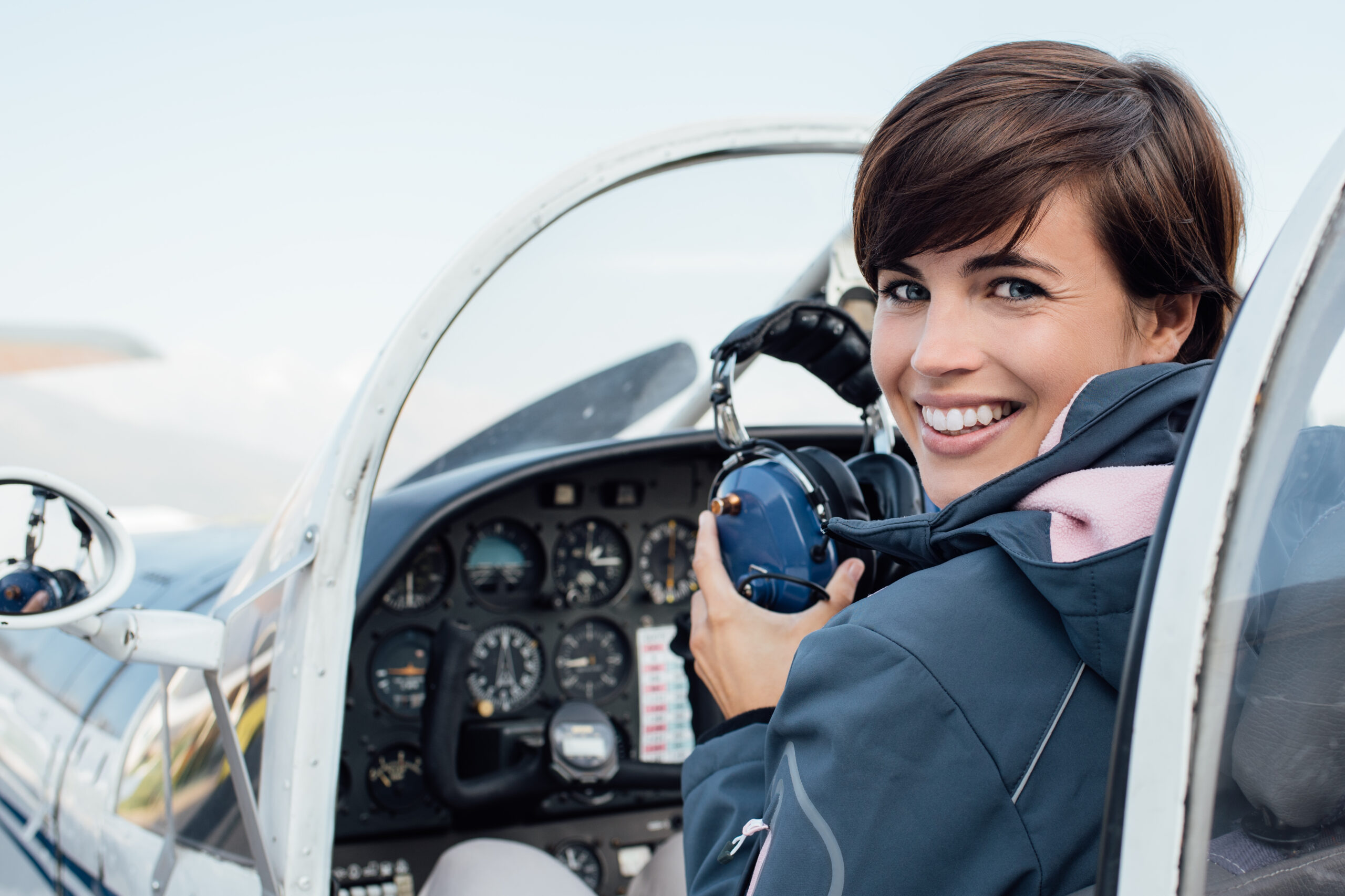
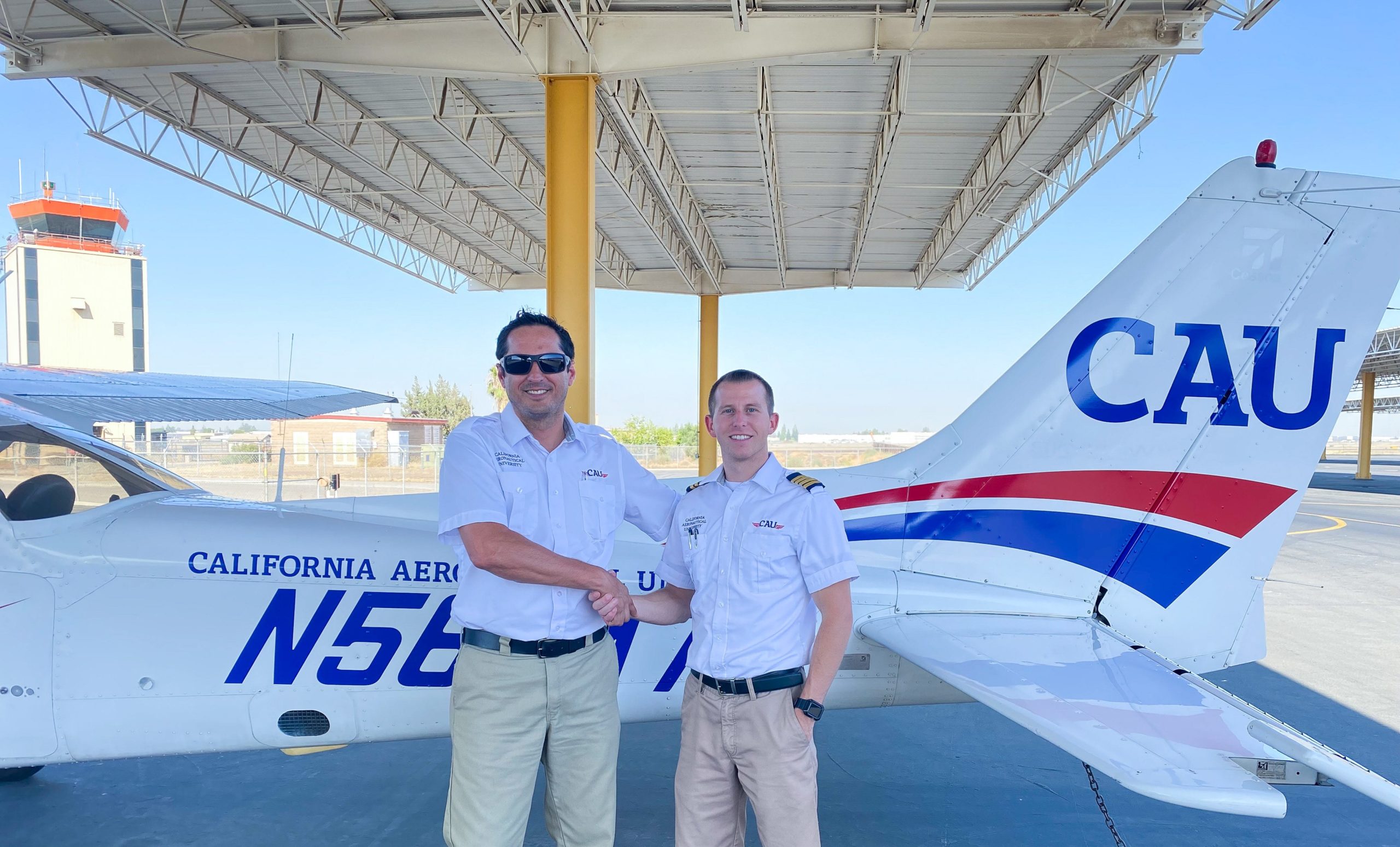
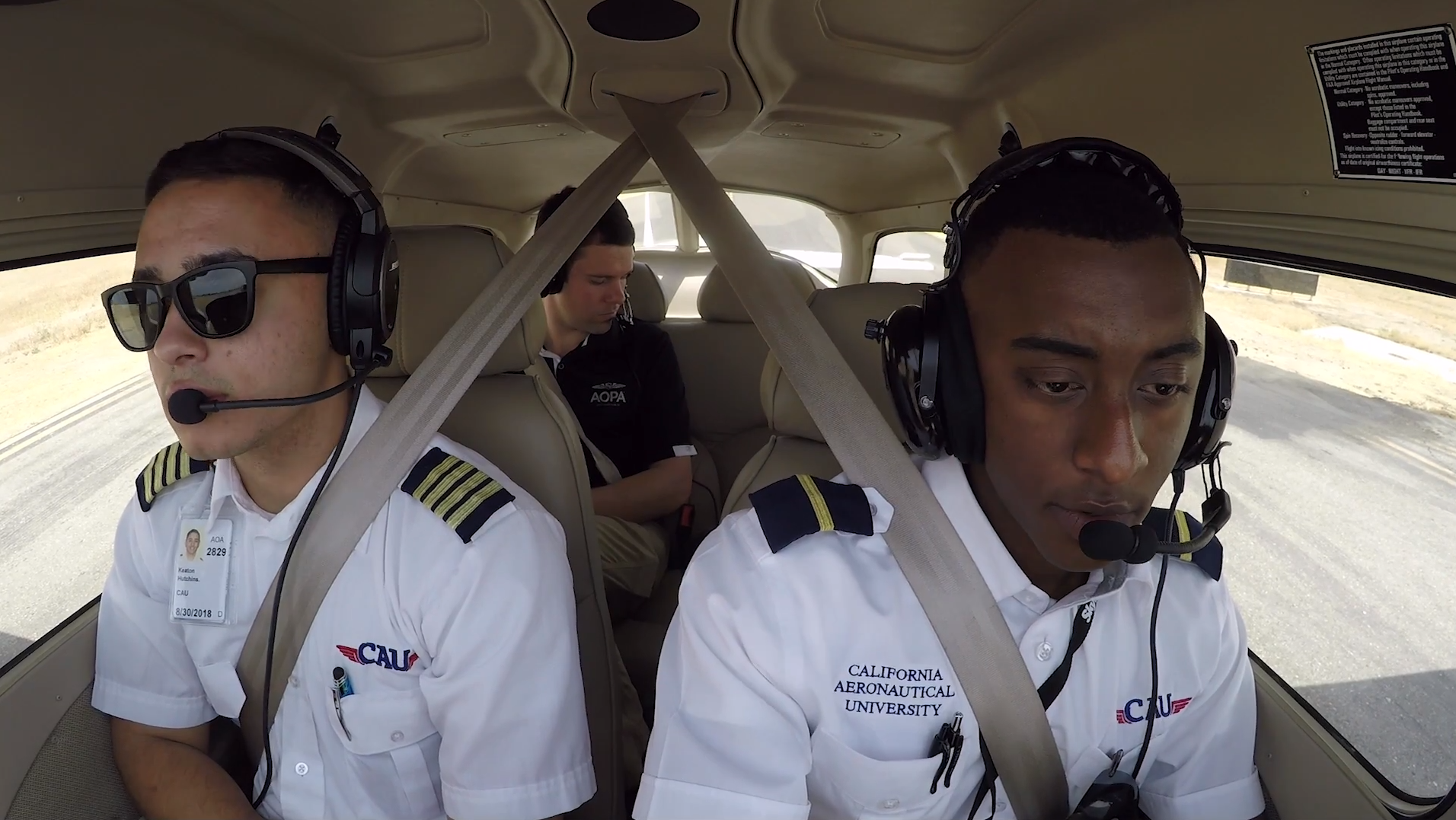
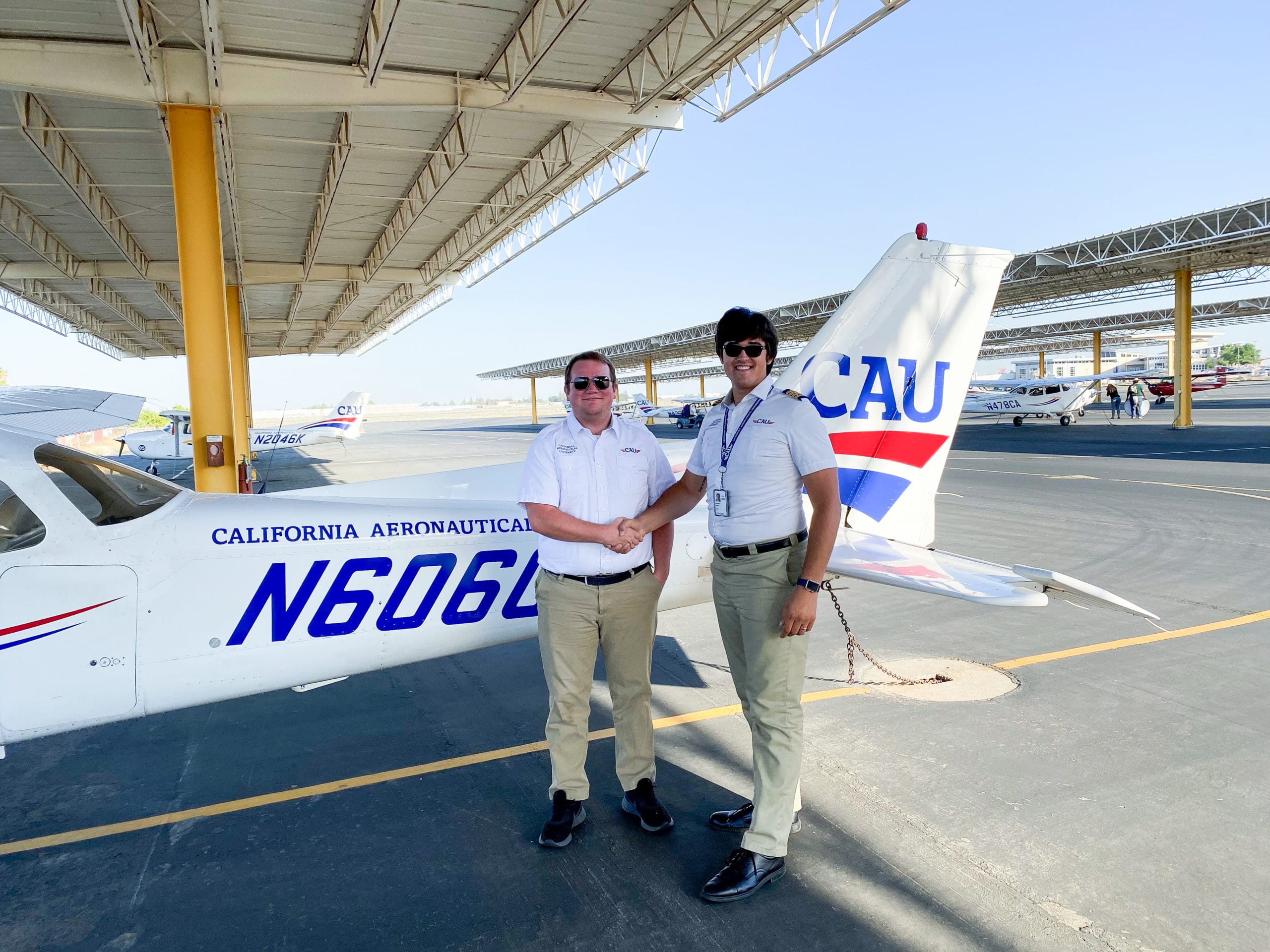
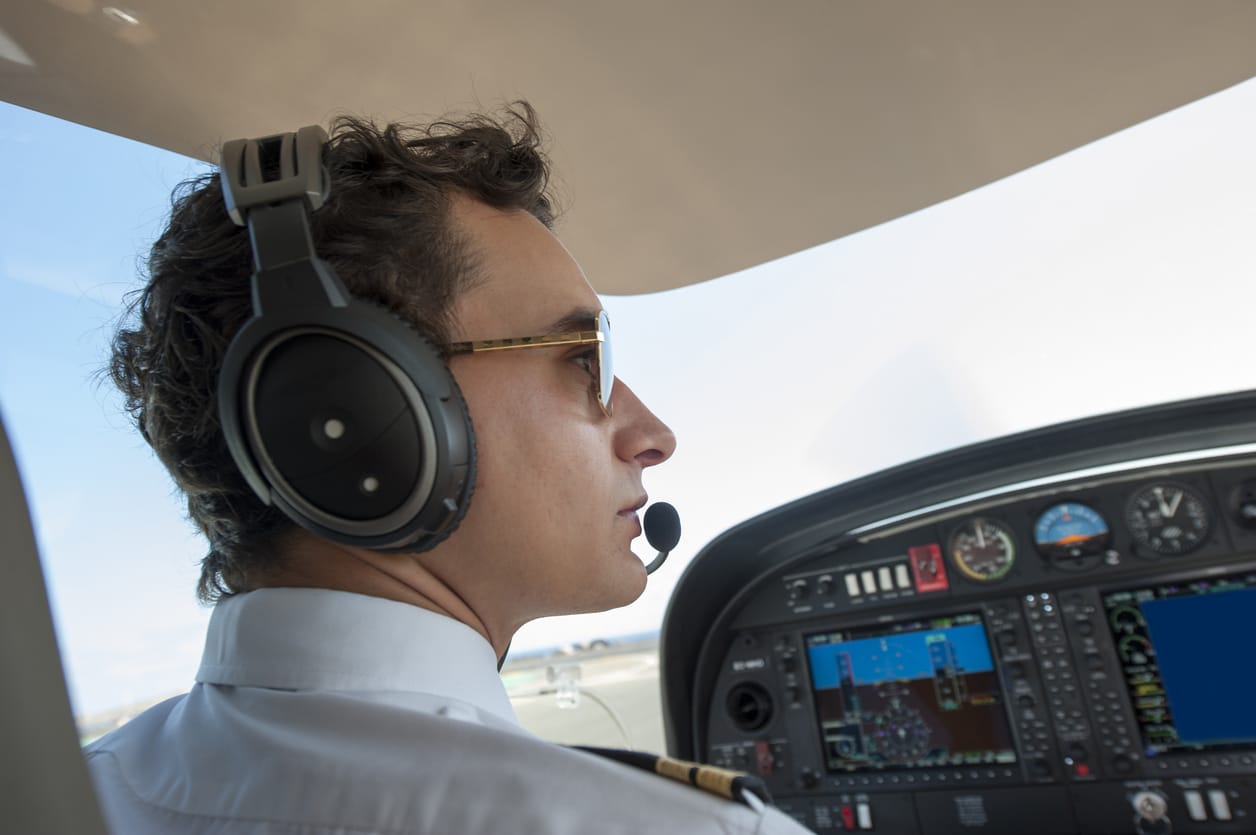
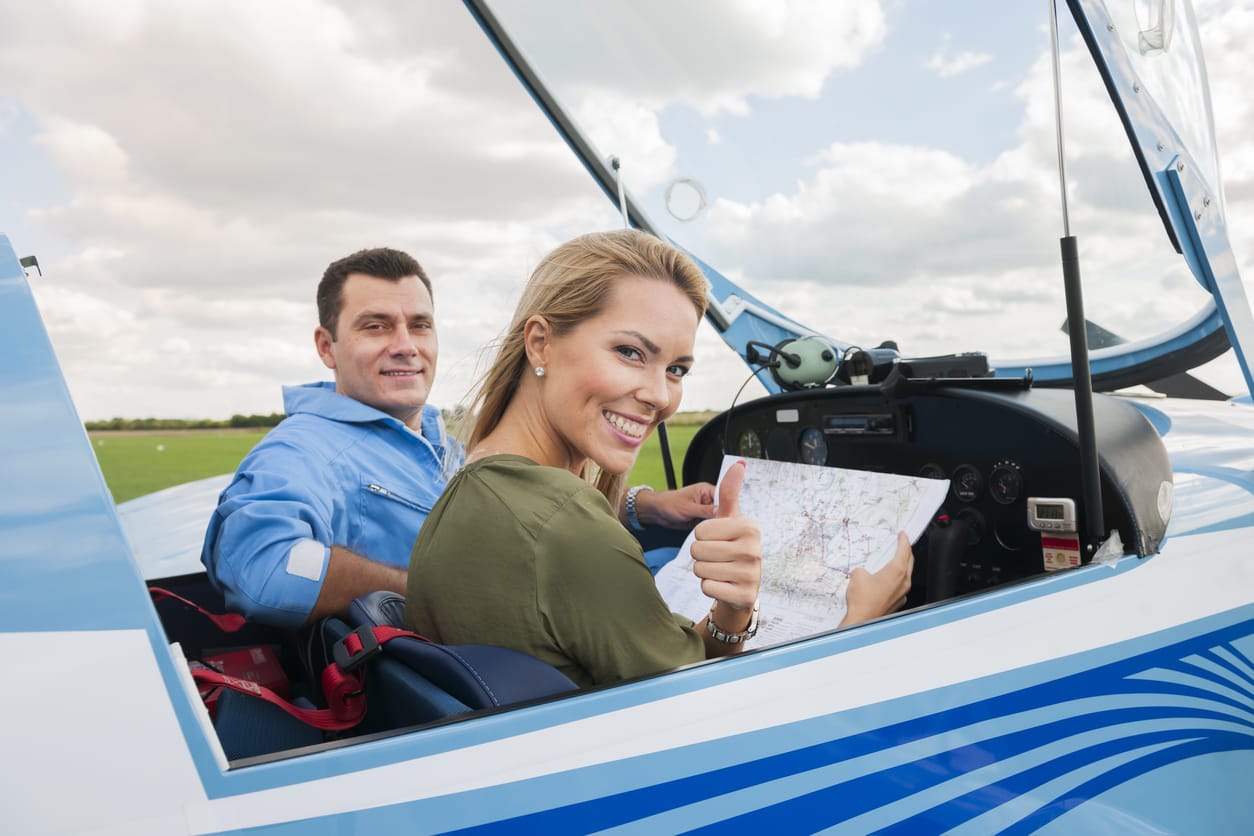
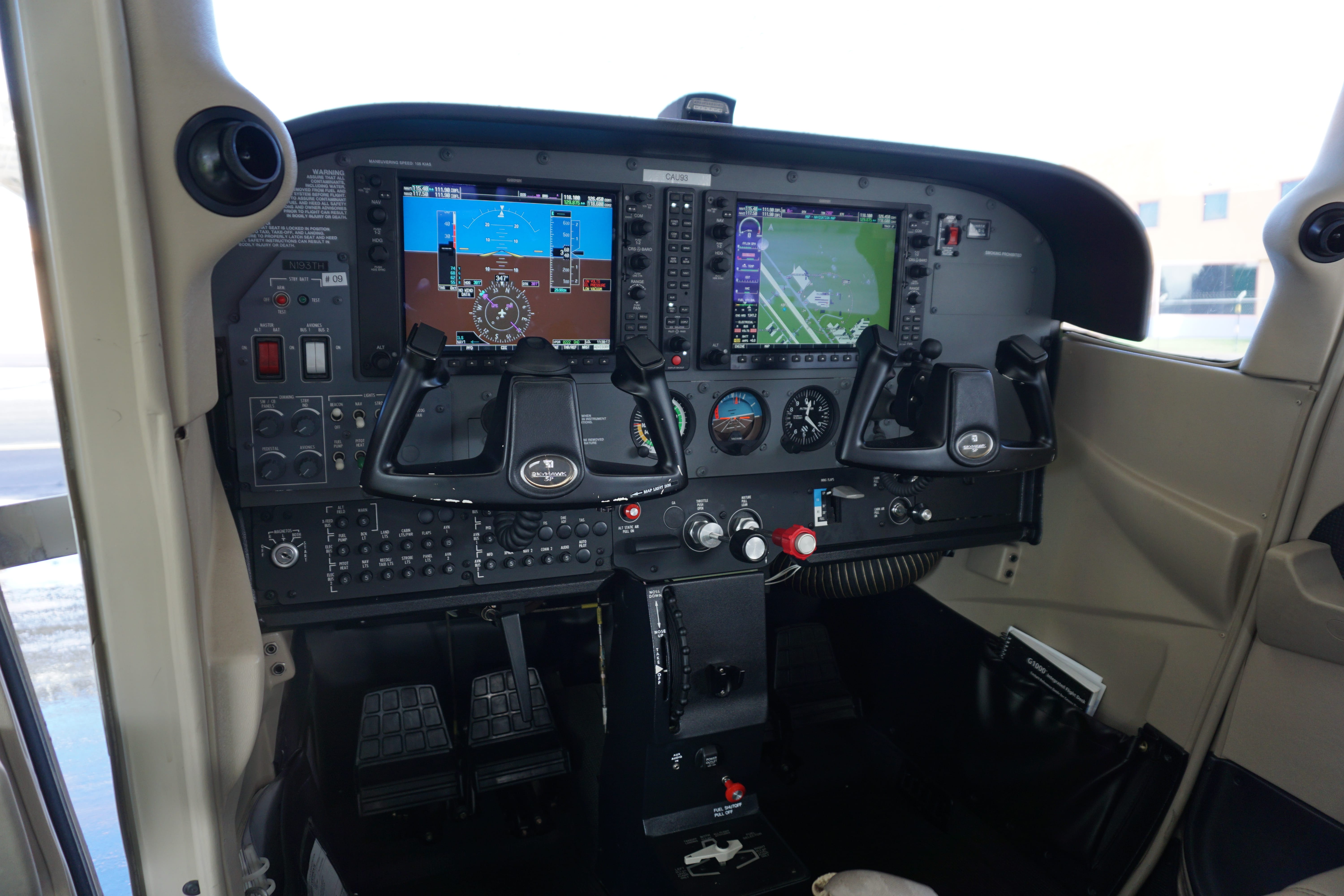
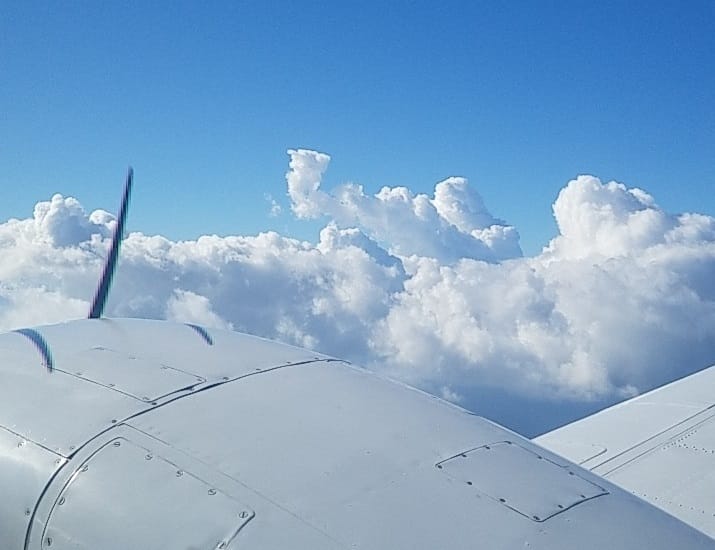
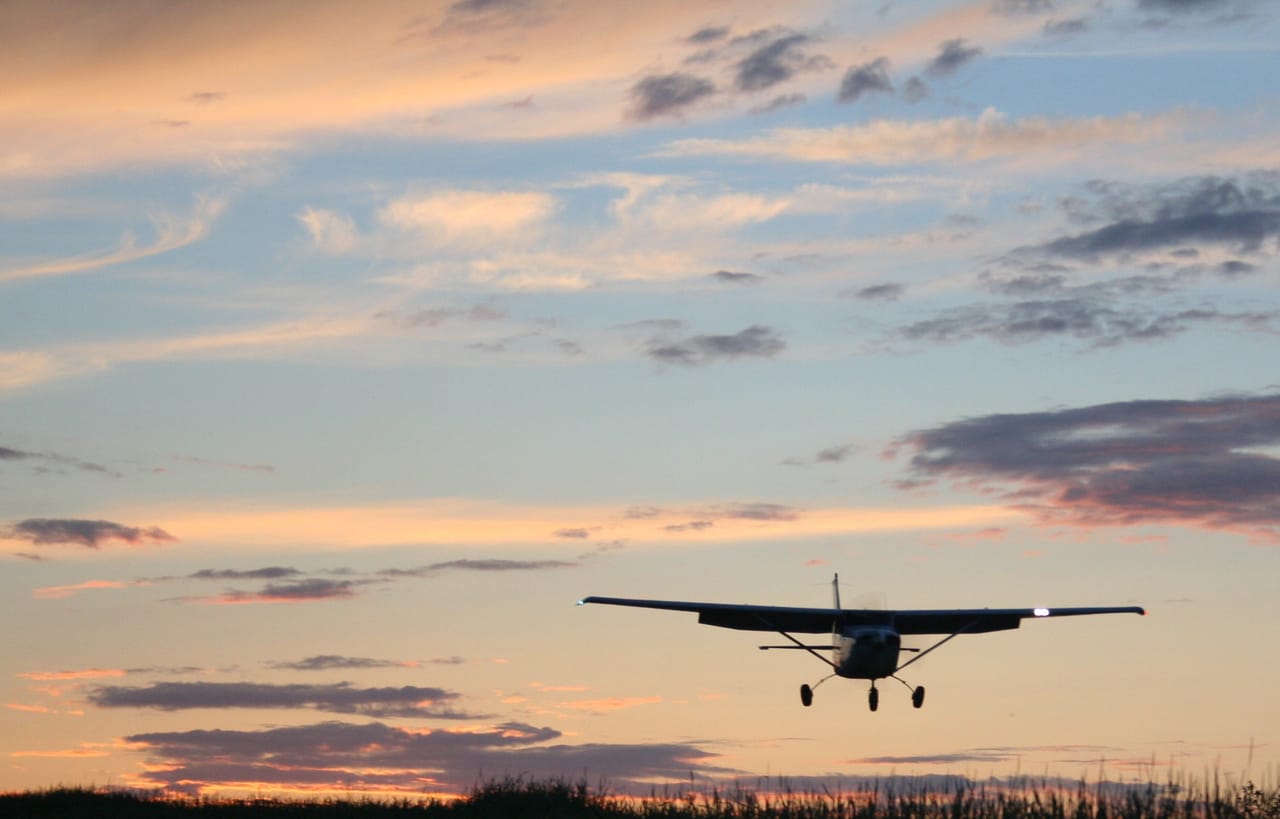
Nicely done, Dr. Sachs. I’m ready for more!